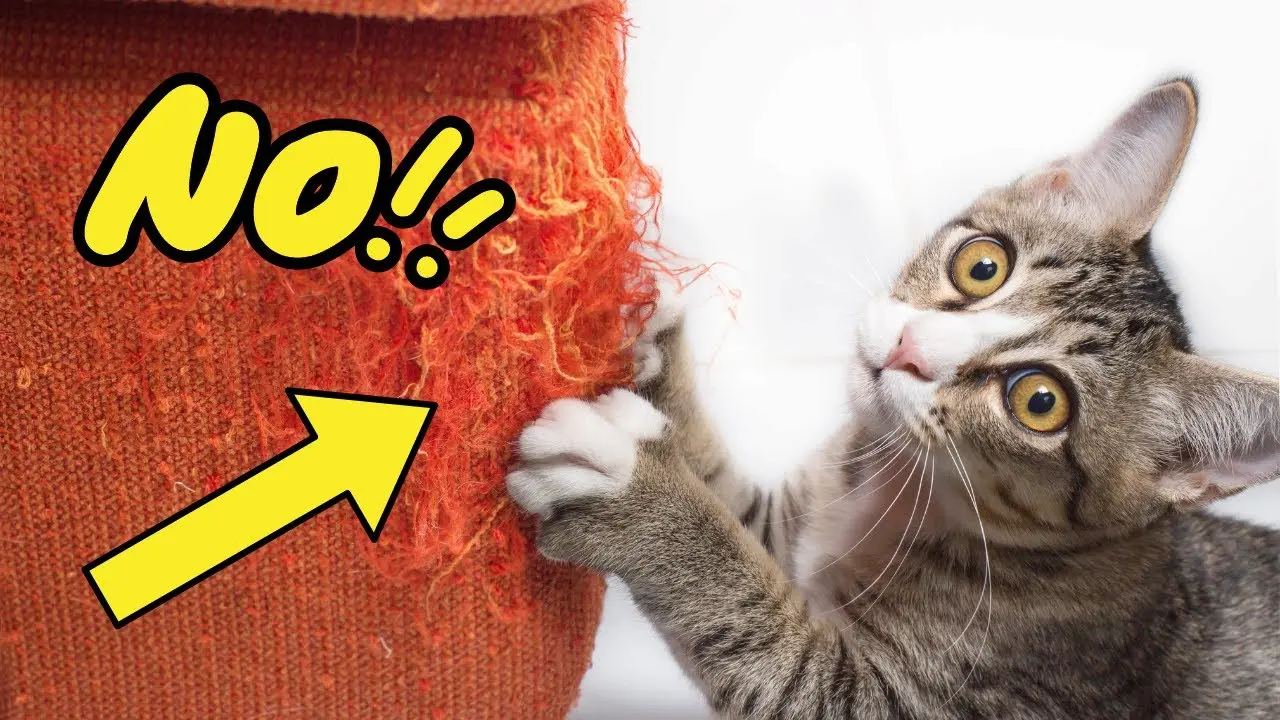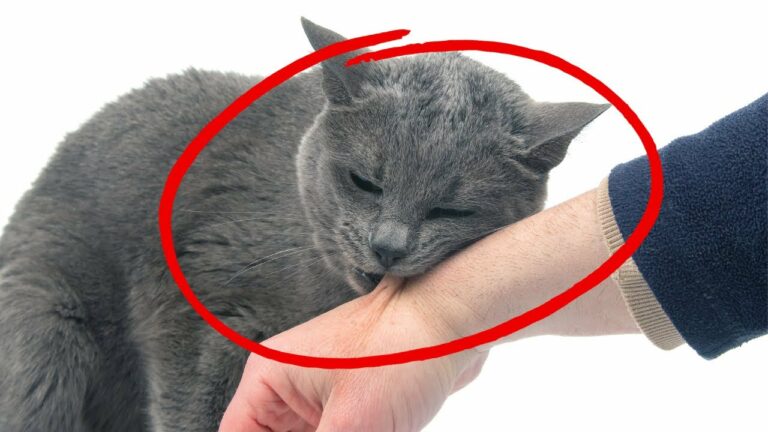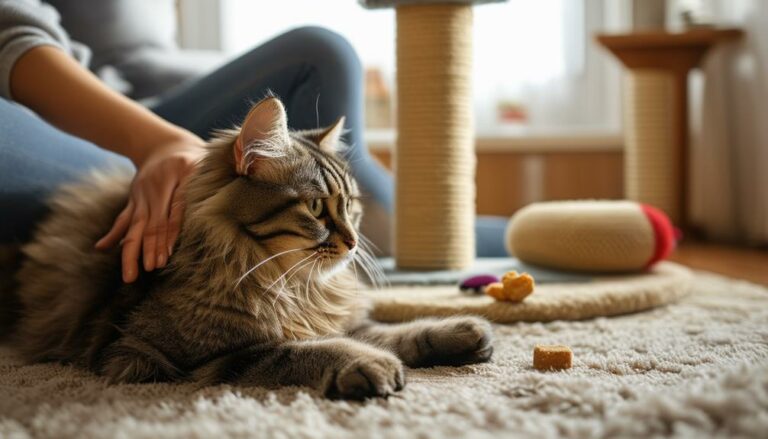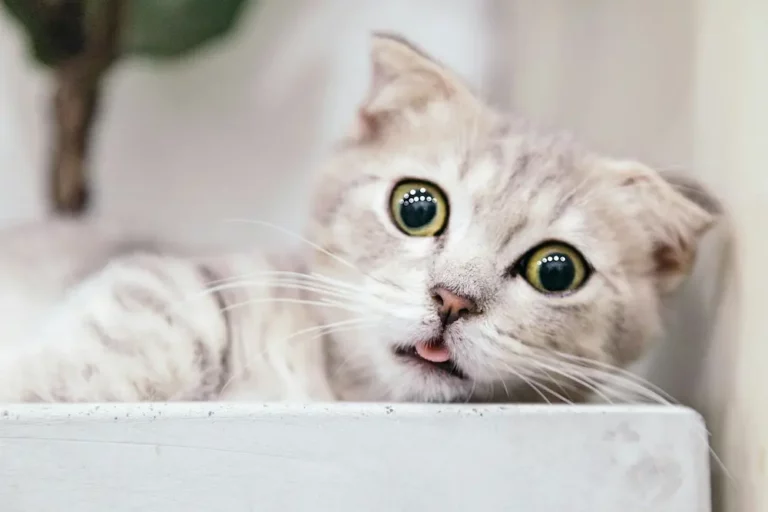Cat Owners Are Furious: The Secret to Stopping Furniture Scratching Revealed
Ever come home to find your favorite couch shredded by your
I’ve been there, and it’s frustrating.
But don’t worry—training your
Why Do Cats Scratch?
Scratching isn’t just a random habit; it’s instinctual.
Cats scratch to mark territory because they have scent glands in their paws.
Each time a
This behavior is especially prominent in multi-cat households where cats compete for dominance.
Also, scratching helps cats maintain their claws.
The action removes the outer nail sheath, revealing sharper claws underneath.
It’s like their version of a manicure.
Ever notice how your
That’s not just for show. Stretching also helps them flex and tone their muscles.
The Consequences of Unmanaged Scratching
Unmanaged scratching can wreak havoc in your home.
Furniture, carpets, and even walls aren’t safe from those sharp claws if you don’t intervene early on.
And let’s be honest—nobody wants shredded couches or frayed rugs.
But besides property damage, unmanaged scratching might indicate behavioral issues or stress.
If a
So now that we understand why cats scratch and the potential consequences of unmanaged behavior, it’s clear that finding solutions is crucial for both you and your
Choosing the Right Scratching Post
Selecting the perfect scratching post is essential for keeping your
Trust me, I’ve seen many cats take to a good scratching post and leave sofas unscathed. Here’s how you can make that happen.
Different Types of Scratching Posts
Scratching posts come in all shapes and sizes.
You’ve got vertical posts, horizontal pads, inclined ramps, and even ones that double as
Cats have preferences too! Some love stretching out on a tall vertical post while others prefer the stability of a flat pad.
- Vertical Posts: Ideal for cats who enjoy full-body stretches while scratching.
- Horizontal Pads: Perfect for older cats or those with joint issues.
- Inclined Ramps: Great for offering variety in angles and surfaces.
- Multi-function Posts: Combine scratching with playing or napping.
Mixing different types may keep your
Placement and Stability
Where you place your scratching post matters just as much as picking it out.
Put it where your
Stability is key too.
A wobbly post won’t appeal to any
Some bases are heavier or have anti-slip pads for added security.
Training Your Cat
Training a
Here’s how I go about it.
Introducing the Scratching Post
First things first: introduce the scratching post gradually.
Cats are naturally curious creatures, so place the post in an area where they spend most of their time.
When my
Another trick is to play around the scratching post using their favorite toy.
Dangle a feather or laser light near it to encourage interaction. If your
This makes the experience positive right from the start.
Using Positive Reinforcement
Positive reinforcement works wonders when training cats.
Whenever your kitty uses the scratching post instead of your furniture, reward them with treats or affection immediately.
Timing is crucial here; they need to associate their behavior with the reward.
When my
Over time, she associated using the post with good things happening.
Techniques to Discourage Furniture Scratching
Let’s talk about discouraging furniture scratching without scaring your
Cats dislike sticky surfaces.
I also found putting aluminum foil on specific spots works well since many cats don’t like its texture and sound.
You can also try placing citrus-scented sprays on your furniture—cats generally dislike these smells.
But remember not to punish your
Gently guide them toward their scratching post instead and reward them when they use it correctly.
Summarizing (without concluding), making these adjustments requires patience and consistency but pays off remarkably in maintaining both happy kitties and intact furniture.
Maintaining Interest
So, you’ve got your
That’s fantastic! But how do you keep them interested in it over time?
Here are some tips from my experience.
Regular Placement Changes
Sometimes cats get bored if things stay the same for too long.
Moving the scratching post around can make it seem new and exciting again.
I’ve found that placing it near windows or in rooms where your
If your
And don’t be afraid to experiment—sometimes just a small move can reignite their interest.
Encouraging Continued Use
Keeping your
Sprinkle a bit of catnip on it if you notice their interest waning.
You could also dangle toys from the top of the post or place treats around its base as little rewards for their curiosity.
In my experience, routine maintenance matters too.
Replace worn-out parts or repair any damage to keep it attractive and functional.
Cats have a keen sense for new textures; sometimes introducing an additional type of scratching surface helps, such as sisal rope if your current post is carpeted.
Finally, always offer positive reinforcement when they use the post instead of your furniture.
Praise them, give them a treat, or even engage in a short play session to strengthen this good habit.
Conclusion
Training your
Remember to keep things fun and engaging for your
Positive reinforcement goes a long way so celebrate those victories with treats and affection.
Don’t forget to maintain the scratching post to keep it appealing.
With consistency and a little creativity you’ll soon find that both you and your
Happy training!






